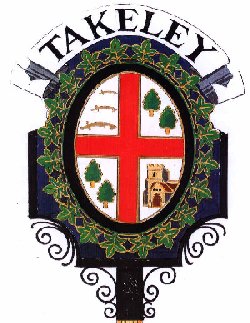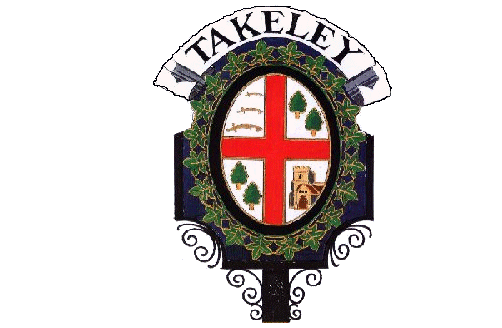|
 The four ash trees represent the “centre” of the parish. This is not the geographical centre, but the administrational/most populous centre. (The Four Ashes crossroads). The trees also represent the connections that the Parish has had with the great forest that once covered this whole area, parts of which can still be seen. The parish of Takeley emerged as a settlement thousands of years ago, carved out of this forest. Takeley was referred to as "Settlement next to open Forest". It was translated into Takeley. The four ash trees represent the “centre” of the parish. This is not the geographical centre, but the administrational/most populous centre. (The Four Ashes crossroads). The trees also represent the connections that the Parish has had with the great forest that once covered this whole area, parts of which can still be seen. The parish of Takeley emerged as a settlement thousands of years ago, carved out of this forest. Takeley was referred to as "Settlement next to open Forest". It was translated into Takeley.
The ivy leaves surrounding the sign represent the Roman connections. The Romans considered ivy as a good luck plant. It was grown on the walls of houses to protect those within from "misfortune and ministration of evil spirits". The ivy leaves surrounding the sign (representing the parish), protect the ministration of the Parish Council and its population from misfortune.
The three "Seax" represent our Saxon connections. They are the emblem of the County of Essex (East Saxons) .
The Church of Holy Trinity is 12th century and represents Takeley's Norman connections. Christianity is our spiritual base.
The Cross of St George is the English flag. During the Civil War of 1642, Essex played its part in the defence of the individual's right for a voice in a free elected parliament. The Cross of St George led this Parliamentary Army.
Copies of "Takeley A History, New Edition 2000" can be obtained from the TLHS Secretary at a price of £5 including p&p within the UK.
|



